A trip to Slovenia, the green heart of Europe
Slovenia is one of those countries where nature shows all of its forms. From the crystal clear lakes to the bluest skies, through green woods and snowy mountains, the landscape will make you forget you are in a small country in the middle of Europe. Forget museums, chaotic nightlife and busy streets: these natural wonders will be a breath of fresh air, literally!
Soča river
The Soča is a 138-km long river that originates in the Julian Alps and flows into the Adriatic Sea, passing the city of Nova Gorica. Here, the stream is crossed by the Solkan Bridge, which allows passer-byes to have a 360-degree view of the river from 36 meters above. Its nickname “the Emerald Beauty” comes from the unbelievable color of its water, which ranges from cyan blue to dark emerald green depending on weather conditions.
The Vršič Pass
To reach this pass, you have to drive through 50 hairpin bends, but it is worth it: the Vršič Pass connects the Upper Carniola region with the Trenta Valley, and it allows adventurous tourists to easily access the surrounding peaks in the Julian Alps. It is also the highest pass in Slovenia, at 1,611 meters above sea level.
There is also an Orthodox Chapel, which was built by Russian prisoners during World War I. It is considered a symbolic link between Russia and Slovenia, and even the road was renamed “Russian Road” in 2006.
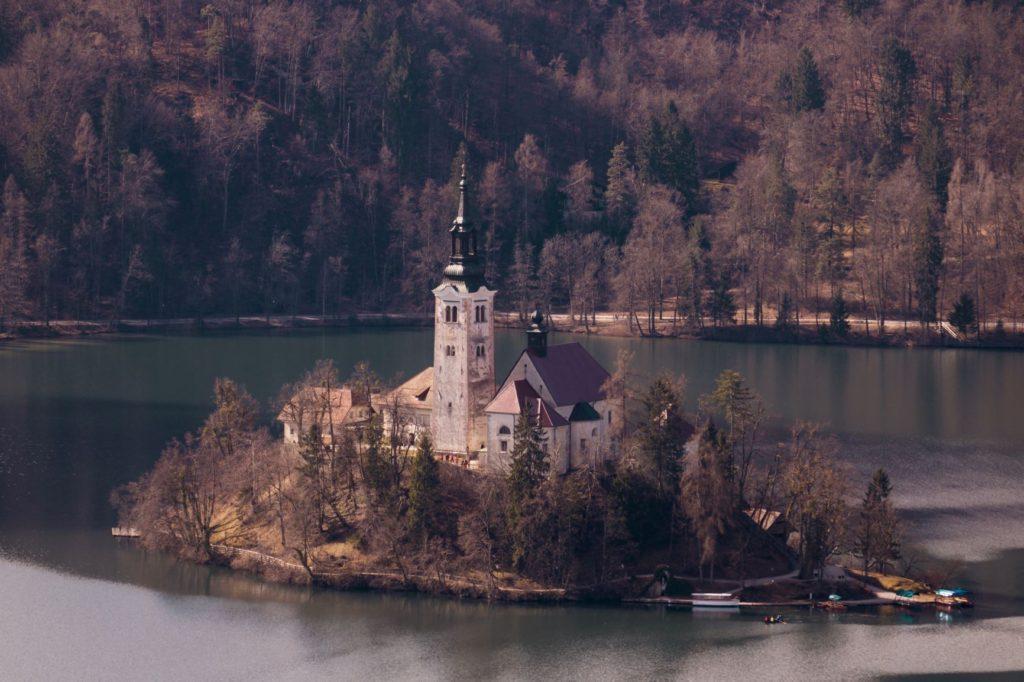
Lake Bled
Lake Bled
Bled is a small resort town built around the glacial Lake Bled, which is the only lake in Slovenia with an island. Along the shores, you will find many shops that rent rowboats or offer a round trip to the island, where you can climb the 99 steps leading to the Assumption of Mary Church: the tradition has it that whoever rings the church bell will have their wish come true.
Another popular thing to do here is to walk around the lake: the path is well-maintained, not too crowded and only 6 km long. It should only take about an hour if you can resist taking hundreds of pictures and stopping at every swimming spot.
During your walk, you will also spot an enormous cliff with a fortress perched on top. It’s Bled Castle, another symbol of the city. It is the oldest castle in Slovenia, dating back to 1011, and features a fancy restaurant on the terrace overlooking the lake.
Once you reach the southwestern side of the lake, you will see some signs pointing at “Mala Osojnica”: it is a hilltop viewpoint that offers an incredible aerial view of the lake. The hike is 5 km in total with an elevation gain of 308 meters, and the trail can change from steep stairs to just a forest track. If that is too much for you, you can still reach a lower viewpoint called Velika Osojnica: this is much easier, only about 20 minutes from the main road around the lake.
If you have some extra time, Vintgar Gorge should be on your to-do list. It’s a 1.6 km long natural gorge that was carved out by the Radovna river in the Triglav National Park. You will walk on elevated wooden walkways, sometimes crossing the stream, sometimes following the steep rock walls on your sides. While it’s a little outside Bled, it’s worth visiting even if you only have one day.
Lake Bohinj
Much lesser known than its neighbor Lake Bled, Lake Bohinj is the largest permanent lake in Slovenia. That means there’s plenty of room for you to kayak, paddleboard, or canoe around. Swimming is allowed but requires caution: the water is particularly cold.
There are also many outdoor activities you can enjoy nearby. South of the lake, a cable car will take you from 0 to 1,535 meters to reach Vogel Ski center, an area where many hiking trails start. Or, you can follow the Sava river and find many waterfalls along its course. Go north from here, and you will find the Mostnica Gorge, a 2-3 km stretch of the Mostnica river that forms many rapids and small waterfalls. The river can be up to 2 meters deep, and the rocky shore is slippery, so pay attention to where you walk.
Velika Planina
Both locals and tourists enjoy spending their free time in this lovely mountain plateau. Its soft hills, green meadows, and traditional wooden cottages will make you forget you’re only an hour away from Ljubljana, the capital. It gets even more magical during the winter when a small ski resort operates here. If you’re here during the holiday, you could even join the torch-lit midnight mass in the Snow Mary chapel on Christmas evening.
Volčji Potok Arboretum
This masterpiece of the Slovenian garden culture is located between Velika Planina and Ljubljana. It consists of 5000 trees and plant species that give a different natural show in every season. However, spring is definitely the best time to visit the garden, when a bright rainbow of tulips invades the meadows and an exhibition of tropical butterflies takes place inside special greenhouses.
Vineyards in the western regions
Slovenia’s mineral-rich soil makes for great grape growing. In fact, there are three distinct wine-growing regions in the country.
In the northeast, the Podravje region produces elegant white wines like Riesling, Chardonnay, and Sauvignon. The Posavje region in the south-eastern corner is famous for its bold red wines but features a small production of whites and rosés as well. The western border is dedicated to dry wines, many of which are also appreciated abroad. These three regions produce very different varieties, but have one thing in common: the stunning rolling hills interrupted only by occasional red-roofed buildings.
Whether you’re a wine-lover or a first-time drinker, you won’t resist trying a glass of wine in one of the many wineries.
The fact that the oldest vine in the world is in Slovenia does not come as a surprise. It is located in Maribor and confirmed to be over 400 years old: the so-called “Maribor vine” has survived the Ottoman-Habsburg wars, Napoleon’s invasion, the phylloxera epidemic which devastated many vineyards across the continent, and World War I and II.
Not only is the vine still there nowadays, but it is actually still growing and makes enough fruit to produce 25 liters of wine every vintage. Are you curious to taste it? You probably won’t be able to: the small 250ml bottles are only given to dignitaries as a gift. Some of the recipients of this precious nectar were president Bill Clinton, Pope Benedict XVI, Emperor of Japan Akihito, and former California governor Arnold Schwarzenegger.
However, some say you’re not missing much: the wine made from this Žametovka grape tends to be extremely sweet and has been described by The Daily Telegraph as “virtually undrinkable”.
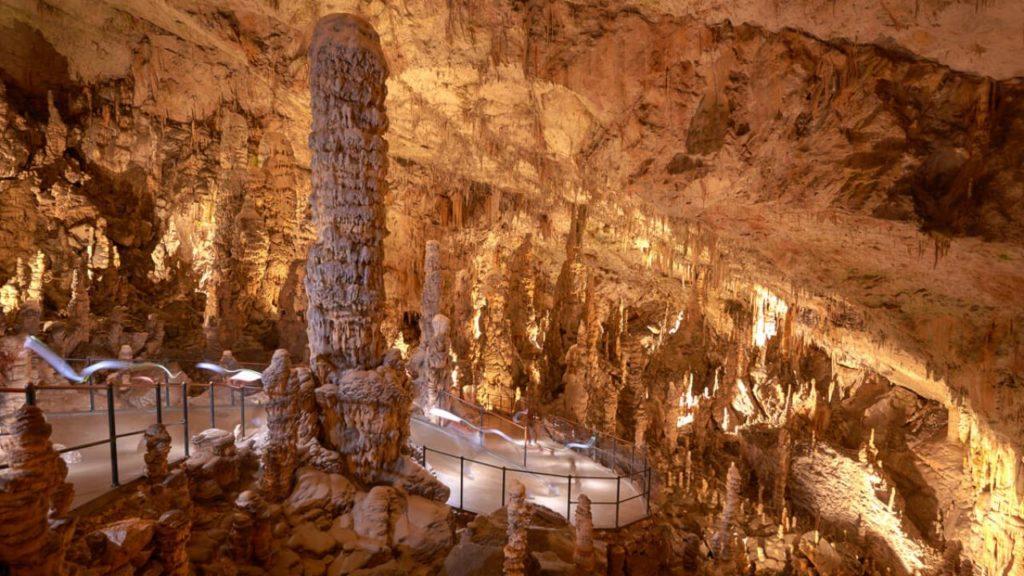
Postojna Caves
Postojna Caves
The underground complex of Postojna Caves is a majestic maze of tunnels, galleries, and halls that extends for 24 km. You will only be able to see 5 of these though, as the rest is reserved for expert speleologists. During your visit, you will see pillars of limestones, rock formations, and a little creature known as “olm” or “proteus”. These small snakelike salamanders live only in caves in the Dinaric Alps and are commonly referred to as “baby dragons” because of their fleshy skin color.
If you visit the Postojna complex, you might as well get the full ticket and include the Predjama Castle, which is just 15 minutes away by car (and only a few euros more). Walking up the hill from the parking lot, you will get a stunning view of the castle: half of it overlooks a rocky cliff, the other half is nestled inside a cave. During the guided tour, you will learn the story of Erasmus of Lueg, the knight who lived in the castle in the 15th century. He was very proud of his fortress and would always define it as impregnable, so much to send food to his enemies.
Piran and Sečovlje’s Salt Pans
There are many small towns on the Adriatic coast of the country, but the most beautiful one has to be Piran. Tourists only visit the center of this old port town, hypnotized by the narrow streets and the picturesque architecture.
However, a natural wonder happens to be just beyond the medieval walls. The Piran Salt Pans include a whole complex of salt pans that stretch through various locations, touching Lucija, Portoroz, Strunjan, and Sečovlje. For centuries, salt trade has been the most important branch of commerce in this area, and it still is nowadays: Piran salt is internationally famous for being rich in minerals from the sea and of exceptional taste, thanks to the almost 700-year-old traditional production techniques.
If you happen to be here in August, you cannot miss the Saltern Festival. It brings back to life the celebrations for the saltern families who would return to their homes after the seasonal salt harvest in Sečovlje. Live music, street painters and many events enliven the streets. Nowadays, the Sečovlje pans can also be visited with guided tours and a visit to the Museum of Salt-Making is a must.
Halfway between Piran and Sečovlje, an outdoor spa called “Lepa Vida” was opened. Here, guests can enjoy the view on the salt pans while taking advantage of a natural thalassotherapy experience: mud wraps, sea salt scrubs, and body massages are only a few possibilities included in the package.
The Bear Forest
Hidden in the south of Slovenia, the Kočevje region is every nature enthusiast’s dream: an endless panorama of beech and fir trees, with little to no human interference. In fact, some forests are completely closed to visitors.
The whole area is extremely peaceful, with the only noise being your own steps in the underwood. Wildlife is present but not dangerous: the brown bears that inhabit the forests are shy and elusive. It’s unlikely you will ever meet one but if you want to, connect with a local guide so that it can be done safely (for you and for the bears).
Walking one of the hiking trails you may stumble across the “Queen of Rog”, near the Rajhenav virgin forest. It’s one of the country’s tallest fir trees, standing at 55 meters tall and with a girth of over 5 meters. There are many giant trees in the area, but there is only one “queen”.
When and how to visit Slovenia
Due to the plethora of activities to do, it’s impossible to have a “passe-partout” month. However, Slovenia’s warm and dry summers are perfect for outdoor activities, while autumn is ideal if you want to visit the western regions and see the vintage. Tourists who would like to visit the Julian Alps should do so in the winter, but be well prepared: the days are cold and windy, snow and rainfall are common every month.
The best way to move around would be to stay in a strategic city and to rent a car. For example, a good idea would be to stay in Ljubljana and drive to Vršič Pass, Volčji Potok Arboretum, and Velika Planina. In one hour, you can visit the Postojna caves and the Predjama castle as well.
Slovenia is a small country, not yet invaded by mass tourism, so you don’t have to worry too much about long queues and crowded places.
Related Posts
I weep for America
I woke up this morning feeling a sense of doom in the world. I feel that I do not even know the country that I live in any longer. As someone that travels throughout the world and tries to make connections with the people and wildlife that I come across, it was incredible that America elected someone like Donald Trump. It is incredible that people would vote against their own best interest and seem to be happy about it. It is incredible how many racist, misogynistic and uneducated people there are in America.
Conservation Champions: 5 Exemplary Wildlife Preservation Efforts Making a Difference
Conservation Champions highlights five remarkable wildlife preservation efforts that are truly making a difference. From protecting endangered species to restoring habitats, these initiatives showcase the dedication and innovation of individuals and organizations committed to safeguarding our planet’s biodiversity. Discover the inspiring stories behind these exemplary conservation projects and the impact they have on our natural world.
Beyond the Big Five: Discovering Wildlife Wonders in Non-African Safari Destinations
“Beyond the Big Five” takes you on a thrilling journey to lesser-known safari destinations outside of Africa. From the lush rainforests of the Amazon to the vast plains of the Pantanal in South America, this article uncovers the hidden treasures of wildlife wonders that await adventurous travelers seeking a unique and unforgettable safari experience.

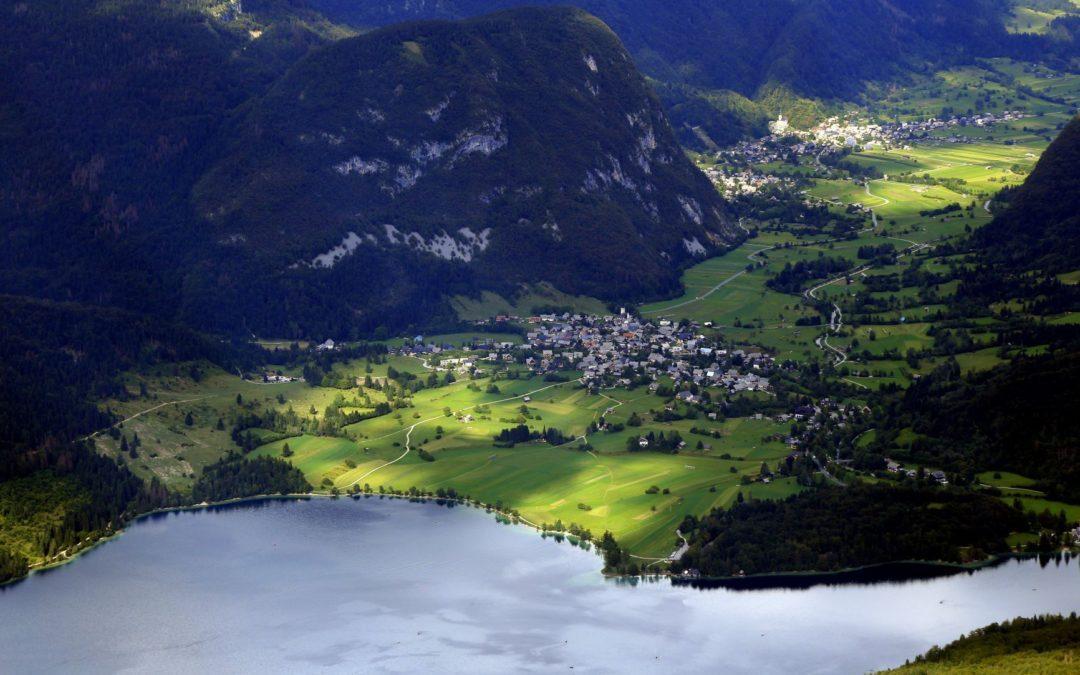
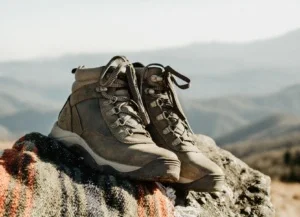
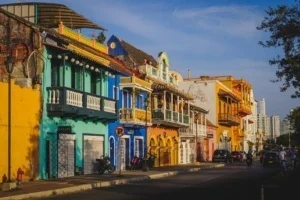
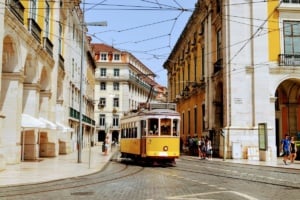
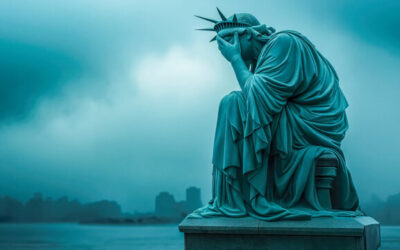
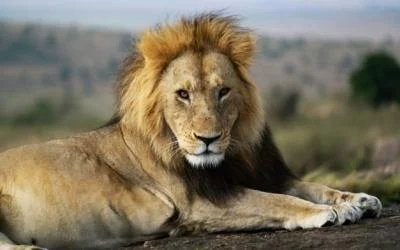
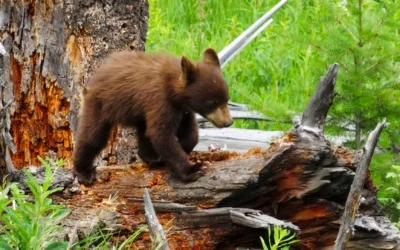
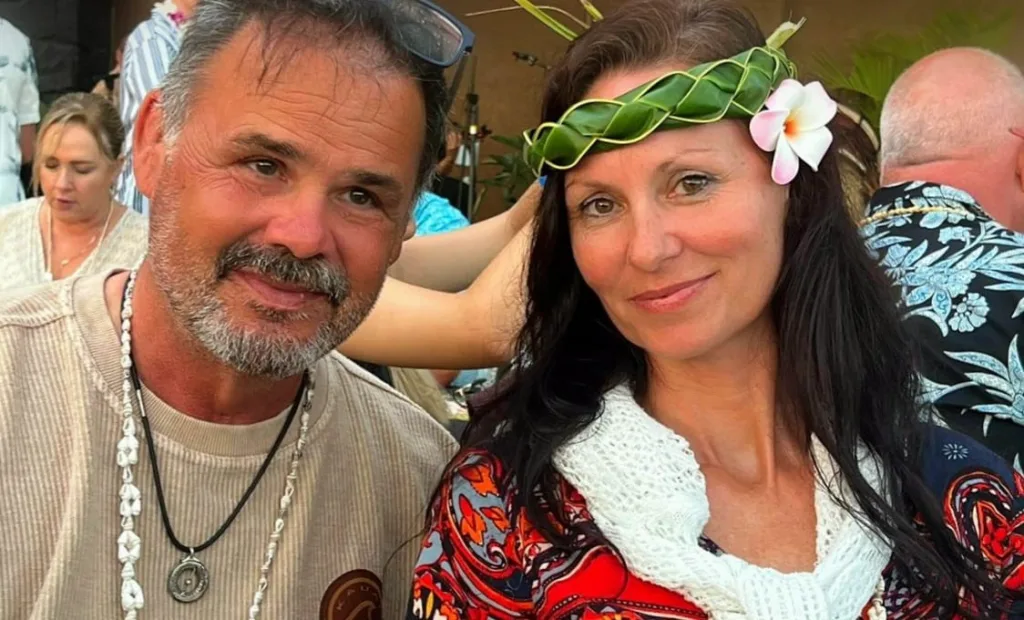


0 Comments